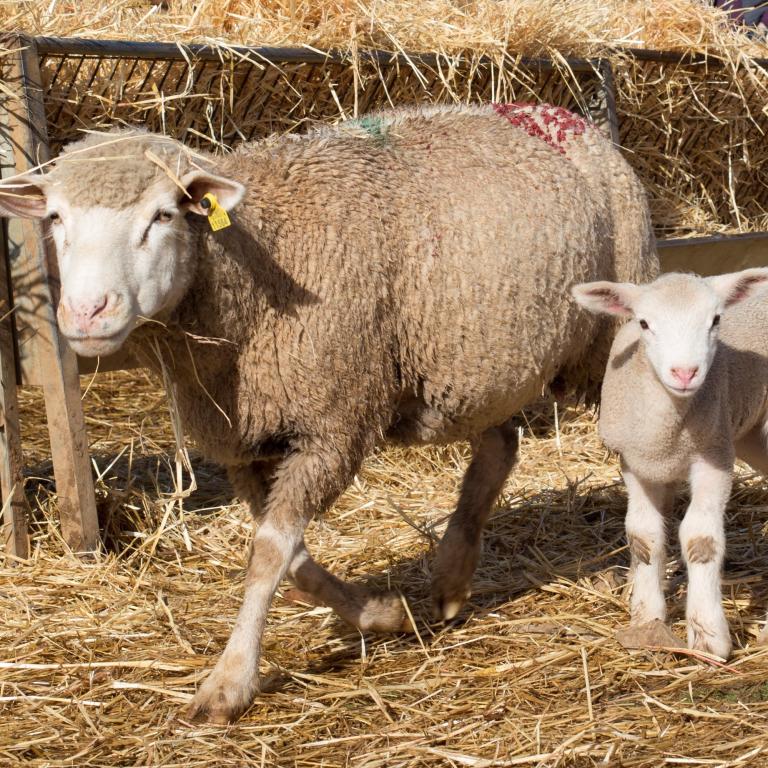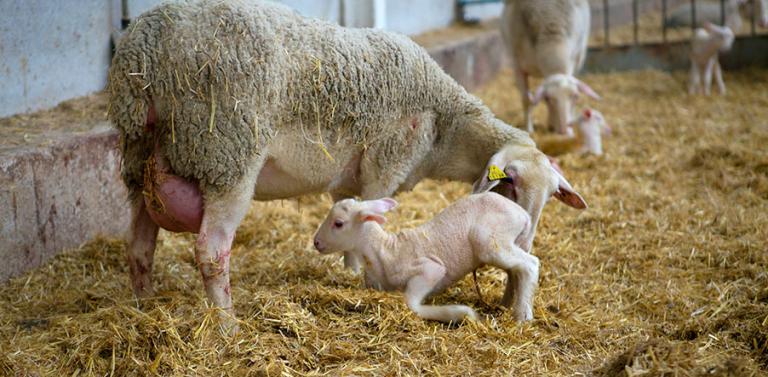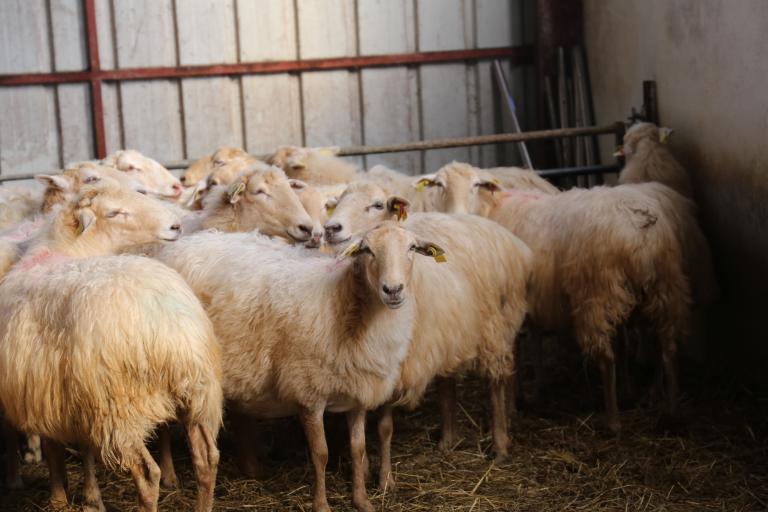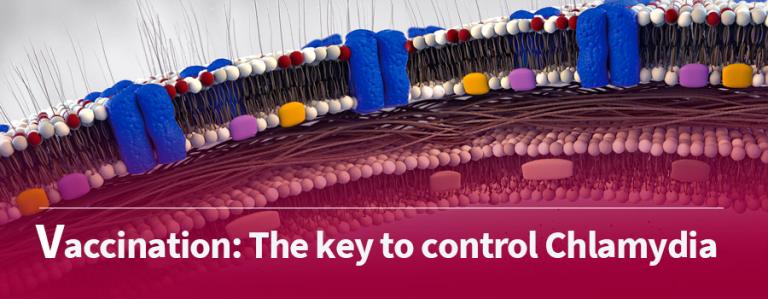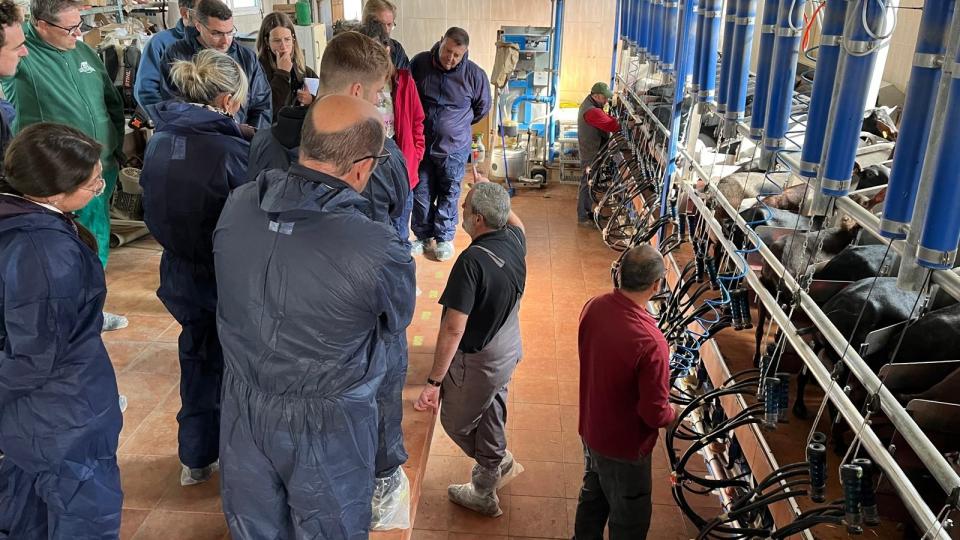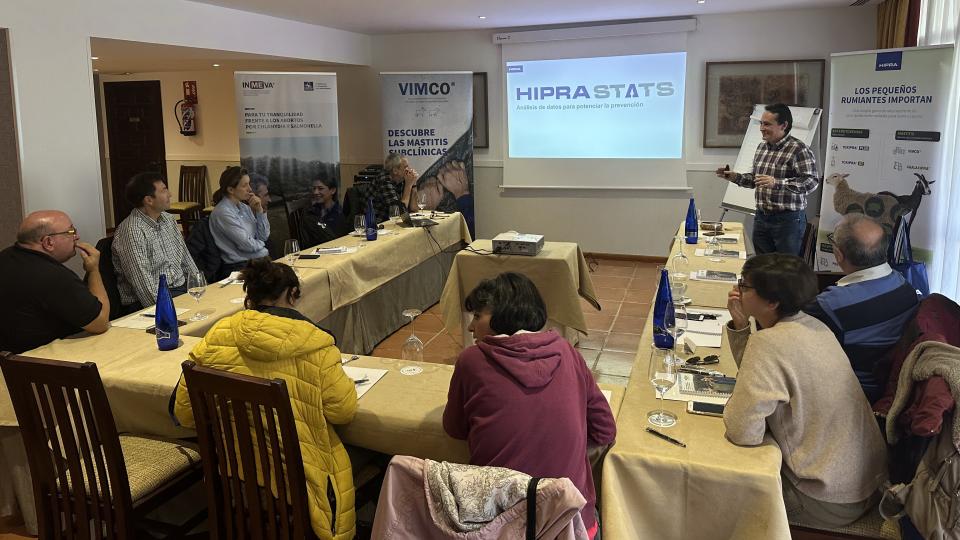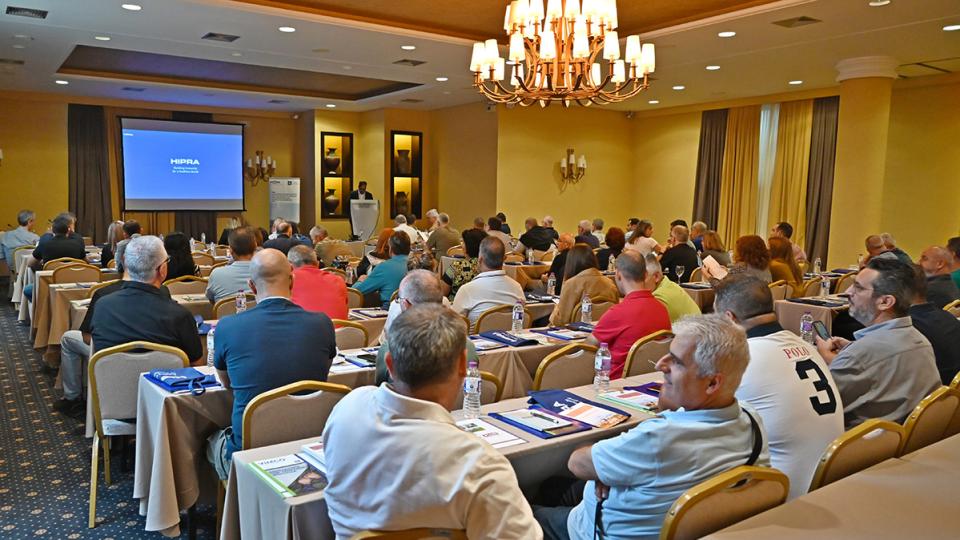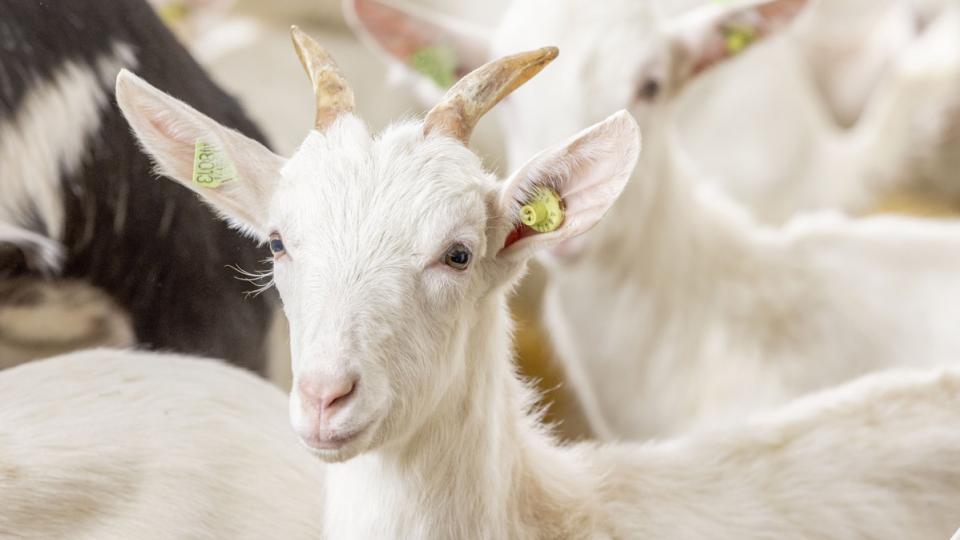The obligate intracellular bacterium Chlamydia abortus (formerly Chlamydophila abortus) is the etiological agent of enzootic abortion in small ruminants, or more commonly known as Ovine Enzootic Abortion (OEA).
2. CHLAMYDIA ABORTUS: The leading player of abortions

The disease was reported for the first time in Scotland in 1936, but it was not until 1950 that Stamp described the infectious nature of OEA.
This disease, of worldwide distribution (except for Australia and New Zealand), has been described as the main cause of infectious abortion in small ruminants in many countries, such as the United Kingdom, France, Holland, Germany and also in Spain where rates range between 35-65% of diagnosed abortions, according to the Region studied.
Although abortion (Figure 1) is the most evident clinical sign of infection by C. abortus, it can also sometimes cause epididymitis, arthritis, conjunctivitis and pneumonia.

The beginning of the problem...
OEA mainly affects sheep, although it can also affect goats. It first appears on a farm when replacement animals, that are asymptomatic carriers of C. abortus, are introduced.
At first the abortions appear as isolated incidents, but they can quickly increase affecting up to 30-40% of the animals of all ages.
Abortion rate can reach 40% of pregnant animals of the farm
This high percentage of abortions in ewes is added to a high mortality rate of lambs, the farm’s drastic reduction in milk production and complications which can be a cause of infertility, leading to significant economic losses.
Dead lambs, reduction in milk and infertility are the main consequences of abortions
In countries where the oestrus of sheep is seasonal, females are only susceptible to contracting at the end of pregnancy, not producing abortion at this time.
However, infected ewes remain latent carriers of the infection, until the microorganism reactivates in the next pregnancy, and in the majority of cases the ewes abort two or three weeks before the estimated birth date.
Sometimes, the affected ewes give birth at full term, but their lambs are born dead or very weak and die a few days later or suffer considerable stunted growth.

After the abortion, a protective immune response is induced, which protects the infected ewes from successive abortions, although they continue to excrete C. abortus occasionally during births and oestrus in the following three years, thus favouring the maintenance and spread of the disease in the affected flock and making its eradication difficult.
When the abortion is over, the excretion continuous which makes it very complex to control.
Ewes that abort present vaginal discharge which is the main cause of transmission of the disease. In sheep, the excretion of chlamydia occurs massively at the time of the abortion and in the following 2 days, after which they will continue to excrete via the vagina intermittently for a further 2 to 4 weeks.
Infection usually occurs via oral-nasal route through the ingestion of chlamydia present in contaminated water or food, or through the licking and ingestion of placental residues. Less commonly, the venereal route is described as a route of transmission.
The main way of transmission occurs via oro-nasal
What happens next?
When infection occurs in ewes that are not pregnant, the chlamydia remains stationed latently in lymph nodes until the next pregnancy.
When ewes are pregnant, the changes affecting the placenta are not evident until 90 days into the pregnancy, coinciding with hormonal changes.
From then on, the chlamydia multiplies massively in the placenta, leading to significant pathological changes in the foetal-placental connection, which results in the onset of abortions in the final stages of the pregnancy, between days 125 and 140.
C. abortus causes abortions always at the end of pregnancy
Abortions occur as a result of the destruction of the chorionic epithelium of the placenta both on the maternal and foetal part, vascular thrombosis of the affected cotyledons and the inflammatory processes that are induced in the ewe and the foetus.
When the colonisation of the placenta is delayed, dead or weak lambs, which usually die a few days after being born, can be delivered at full term.
Abortion: Normally the only clinical sign
However, the ewe is rarely clinically affected and after the abortion they remain fertile, although some authors have reported percentages of mortality of up to 10% in ewes, which is usually associated with the onset of secondary bacterial infections which are present with metritis and placental retentions.
The incidence of C. abortus in males and their role as transmitters of the disease is quite insignificant.
In affected males, epididymitis or orchitis sometimes appears, which significantly reduces their fertility.
Other possible clinical signs include respiratory conditions, which are commonly reported in young animals, where the animals may present fever (41- 42ºC), nasal discharge, dyspnoea and depression of their general condition.
As well as these respiratory disorders, polyarthritis in the extremities with slight lameness can sometimes appear.
Almost all affected lambs also present unilateral or bilateral conjunctivitis, with congestion of the conjunctiva, lacrimation and epiphora. All these pathologies can cause significant weight loss.
In the placenta (Figure 1B), cotyledons appear necrotic, dark red, soft and covered in a reddish exudate. The intercotiledonary regions and the foetal membranes are thickened, containing a yellowish gelatinous substance.
Necrotic placentitis is the main lesion found after OEA.
In infected newborns, lesions have been described such as pneumonia, encephalitis, hepatitis and even myocarditis.
The foetuses (Figure 1A) suffer ascites, which gives them a brownish appearance; subcutaneous oedema is common, especially in the umbilical, inguinal, nasal and dorsal regions of the head.
The rapid colonisation by C. abortus of a large number of placentomas appears to be responsible for the destruction of trophoblast cells.
This generates the failure of placental hormones which control the pregnancy, causing the abortions, despite the limited colonisation of the foetuses by C. abortus.
However, the slow and partial colonisation of the maternal placentomas seems to be associated with the development of abnormal foetuses, giving rise to weak newborns and infected lambs.







